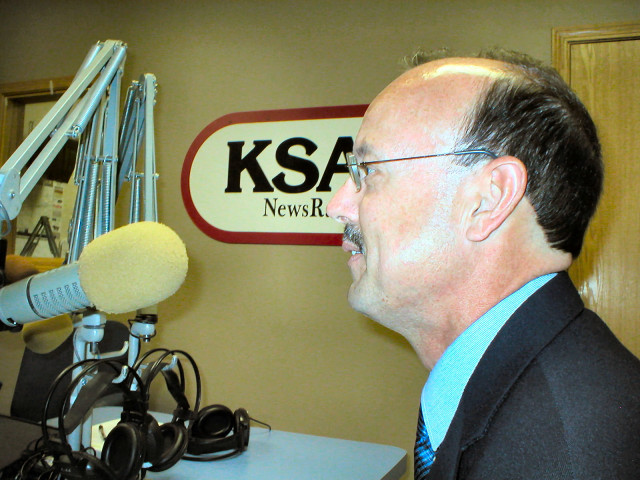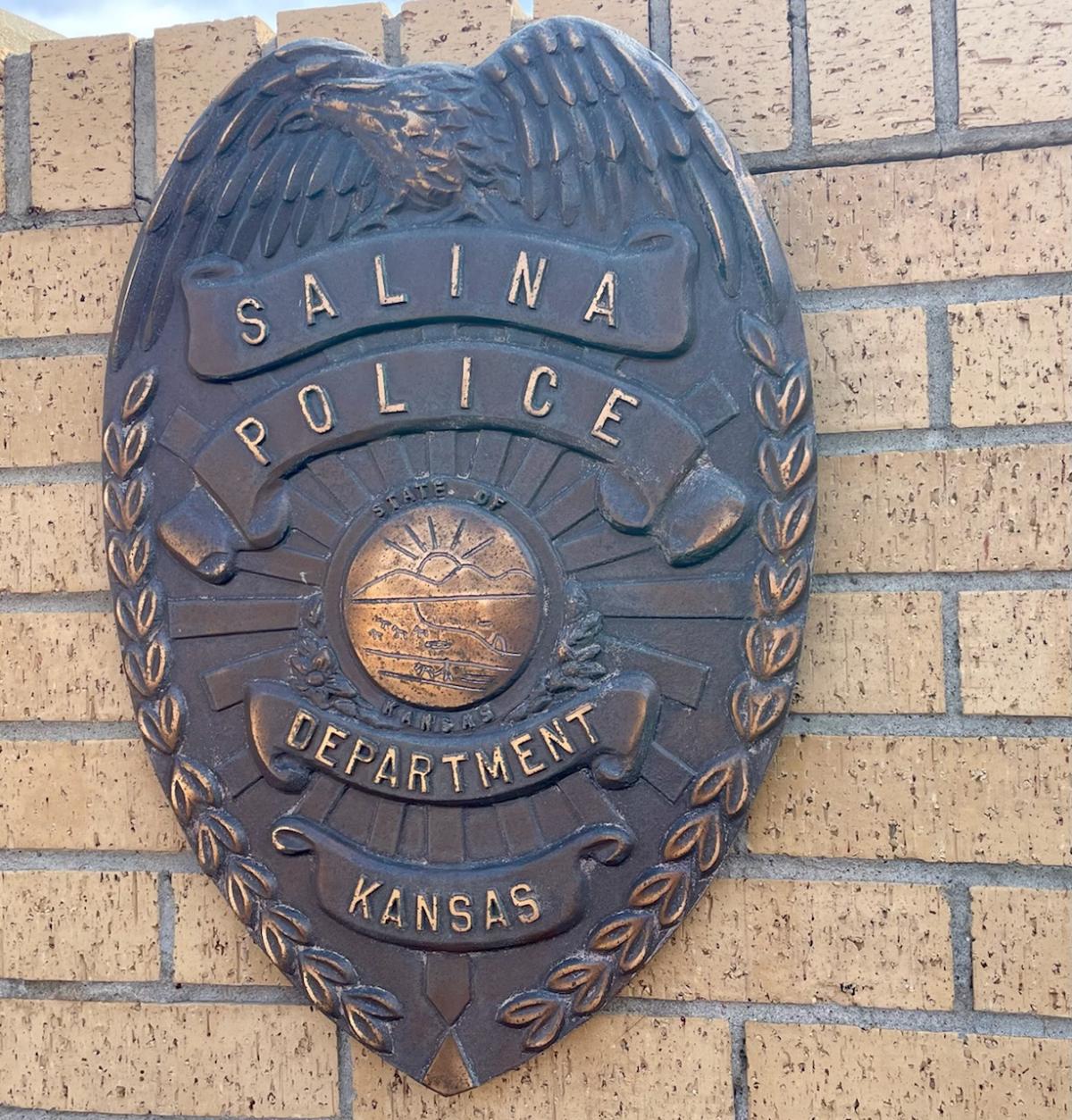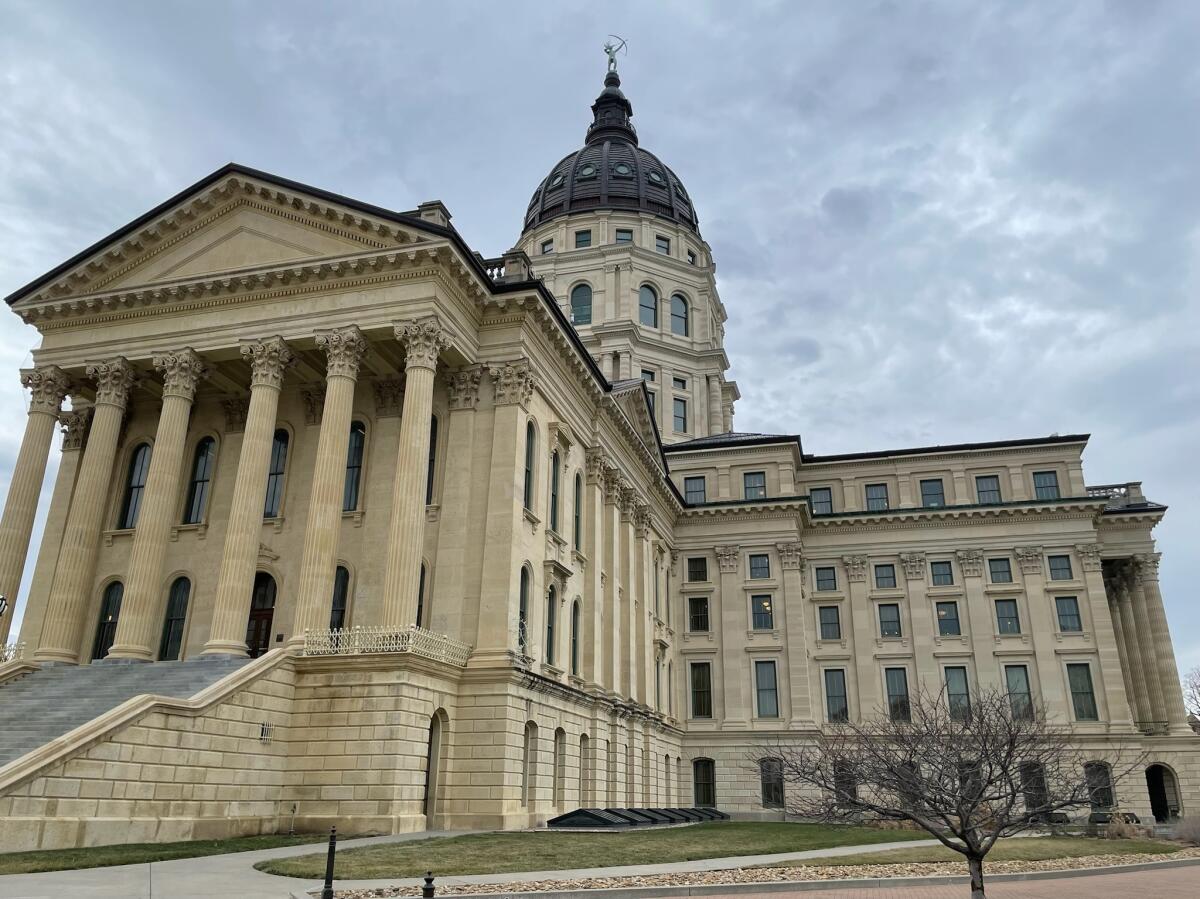Based on the ruling from the Kansas Supreme Court late Friday, everyone is wondering about the start of school.
“Internally, we’re on track to start school but our start hinges upon the Legislature solving this funding issue,” said Bill Hall, superintendent. “If it doesn’t get resolved, and the court determines we have an unconstitutional school funding system, it may impact the ability to open on time.”
The situation – or crisis – grows more daunting the closer you look. Salina USD 305 runs elementary and secondary summer school programs, as well as special education summer school. The summer meal program started this week and teacher training is ongoing. If the Legislature doesn’t present an acceptable solution to the court by June 30, the continued operation of these programs is in doubt.
“Everything is hanging on the June 30 deadline,” commented Hall. Without legislative action, there will be no valid school finance system for funds to be raised, distributed or spent. “Would we be able to allocate or spend money? At this point there are no answers. In the worst case scenario we expect guidance on how to proceed.”
Construction on the 2014 Bond projects is extensive at both high schools, South Middle School, Cottonwood, Heusner, Schilling, Stewart, Sunset, Oakdale, Hageman and Kennedy. A bid opening for the Opportunity Now building is this week, but without the ability to spend money, these projects could come to a halt after July 1.
The Salina District’s monthly payroll includes 1,929 employees and an approximate total of just over $5 million. If districts are allowed to spend their reserves, the Salina School District could meet no more than one monthly payroll for the upcoming school year. This would deplete the reserves the district has so carefully protected during the ongoing school funding crisis. There would be no way to replenish these funds.
The economic implications for Kansas are startling. Public school employees total 67,000 jobs, or 5 percent of total Kansas non-farm payrolls. And the $3 billion spent on school salaries each year equal 4.5 percent of Kansas wages and salaries. These dollars are spent by employees for mortgage payments, rent, and goods and services. School districts pay $735 million for purchased services and $657 million in supplies, materials and property.
Consequences of this crisis are staggering. How did we get to this point?
In 2015 the Legislature repealed the former school finance formula and replaced it with a two-year block grant that froze school funding. Eventually, the Kansas Supreme Court found the block grant treated some school districts unequally and ruled it unconstitutional. Legislators were given until June 30 to fix the block grant school finance system.
In response, the Legislature passed HB 2655. This bill restored the capital outlay equity funding by adding $23 million. However, the same formula was applied to Local Option Budget (LOB) aid, reducing that aid by over $80 million. Local Option Budget dollars are generated through local property taxes and is increasingly relied upon to provide basic services.
To make up for this loss of funding, school districts would have to raise local property taxes. The courts found this unconstitutional because not all districts have the same or equitable ability to raise revenue through local property taxes.
Hall added, “In 30 days we could be facing the first time Kansas school doors don’t open. It’s fair to say that no one wants a school shutdown. The time for finger pointing and playing political games is over. Legislators need to hear from all of us that now is the time to work together and fix this. This is high stakes for our children, families, community and the economy of Kansas.”



